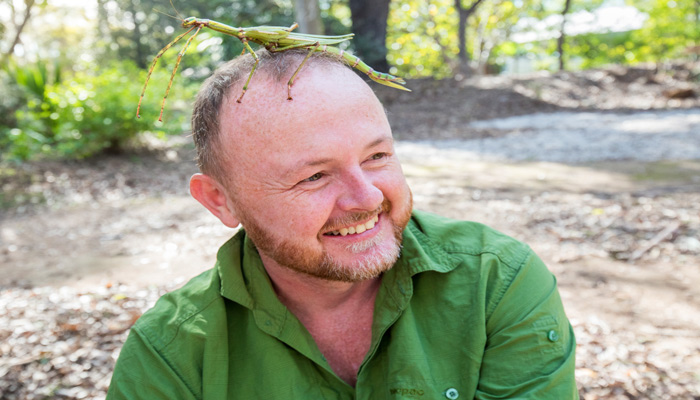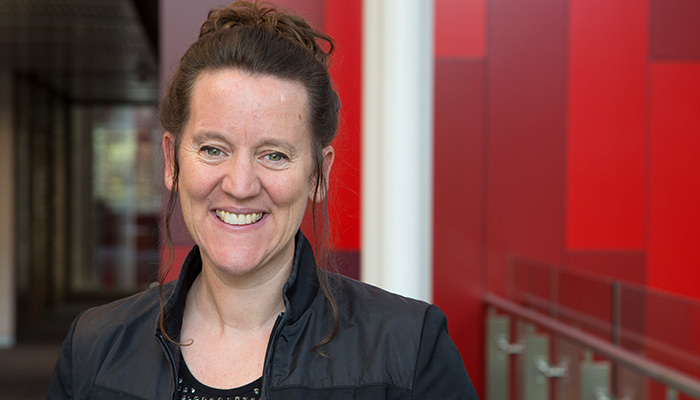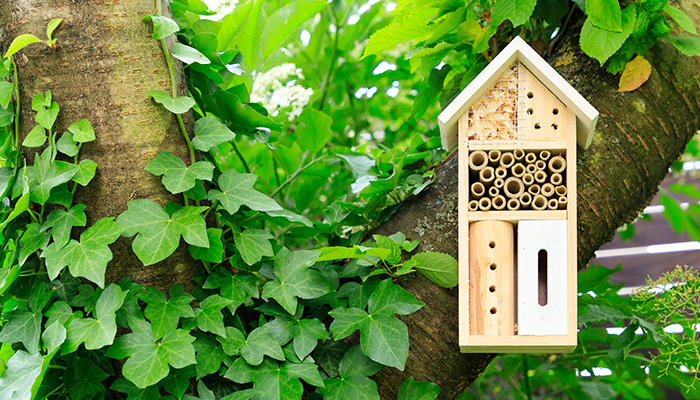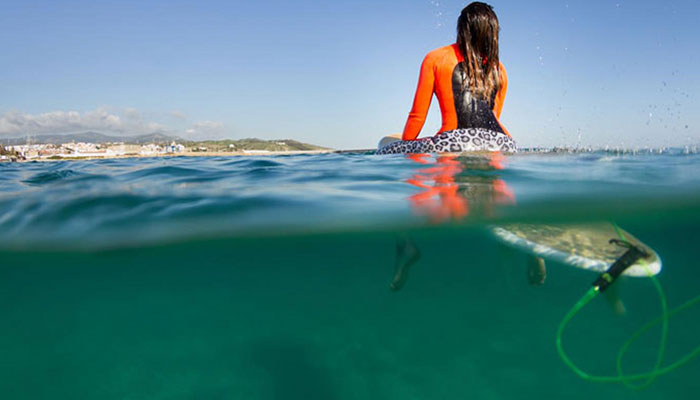Dr Matthew Bulbert would love to have a dog but it’s out of the question - he lives in a Sydney apartment and he travels a lot. But in a world that’s alive with native wild animals, even in the city, Bulbert doesn’t feel he’s missing out. Rather, the behavioural ecologist sees pets wherever he looks. They might not be good looking. They may be very small. But they reward with a burst of wellbeing.

“The other day I took rubbish out to the bin, and I saw a frog, and I picked up the frog, and brought it in and showed it to my partner, and we talked about it,” says Bulbert, a lecturer and researcher in animal behaviour in the Department of Biological Sciences.
“It’s this concept of being a five-minute pet owner. I’m walking along and I see a skink, or a bird, or a spider, or an ant, and I’ll stop and think about it, and ask myself what it’s doing and how it’s doing that, and then I’ll walk on.
“It’s not like I’m actually owning it so much but just appreciating it.”
He laughs a little at himself, says it sounds nerdy, but Bulbert wants people to notice the native animals that share our environment and appreciate them for the amazing creatures that they are.
“David Attenborough talks about this appreciation of nature as bringing a sense of mindfulness, because you actually have to focus on something other than yourself,” Bulbert says.
“There’s this whole amazing array of diversity that is functioning and living and doing their thing all around us that we just completely ignore because we don’t even know it’s there - we kind of separate ourselves from nature, and that’s very easy to do in an urban environment; but we’re actually still an animal ourselves and part of that environment.”
Research reveals animals’ incredible abilities
At a Sydney Science Festival event in Parramatta on Saturday, August 18 - titled The Science of Pets and Wildlife: How Humans and Animals Live Together - Bulbert will be encouraging the audience to think about what animals do rather than focusing their opinions on what an animal looks like, or what they think it might actually do.
He points to research in Macquarie’s Department of Biological Sciences looking at the navigation systems of ants and how such tiny creatures, with far less neural capacity than humans, manage to get where they need to go with such precision. His own research includes feather-legged assassin bugs that lure prey by waving their legs; the large brown bean bug that has evolved to look like an ant because ants aren’t popular with predators; and peppermint stick insects that deter predators by spraying a chemical that smells like peppermint
“Understanding the behaviour of any animal can help you make greater connections with those animals,” Bulbert says. “It can also help you better understand what it means to be human as well, if you look at how these other animals manage to do the incredibly complex things they do with arguably less capacity to do it … it’s pretty amazing.”
There is also the reality that we need these animals to maintain our quality of life and environment, Bulbert says: for clean water and healthy soils, to clean up and recycle animal and plant waste, and to pollinate the plants we rely on to eat.
Give the bin chicken a break
Other speakers at the science festival event will focus on dogs and cats, but Bulbert, whose primary research interest is in predator-prey interactions, is keen to get people thinking about the native animals we take forgranted, and how we can appreciate them as much as we do our domestic pets - the kookaburras that wake us in the morning; the bandicoots that still run around gardens not too far from the city; the household spiders that build webs like architects and control flies; sweet lady beetles who as predators are “as voracious as lions”, laying waste to aphids in suburban gardens.
Even the maligned bin chicken is worthy of appreciation: “Here at Macquarie, a lot of us in biology admire ibises,” Bulbert says. He muses that if they were less ragged-looking and a bright shade of blue, we might like them more. “Just like any other animal, they’re looking for resources, and we as humans have provided this great food source for them,” Bulbert says. “We’ve created the environment, they’ve exploited it.”
People can also create environments around their homes that encourage wildlife to visit and interact – for instance, planting natives that encourage more pollinators and get birds, bees and other creatures into the garden.
“We’re very fortunate in Australia because we have wildlife here that we don’t have anywhere else,” Bulbert says.
“That’s something I don’t know if Australians fully appreciate.”
Discover more events that Macquarie is a part of on the Sydney Science Festival website.



